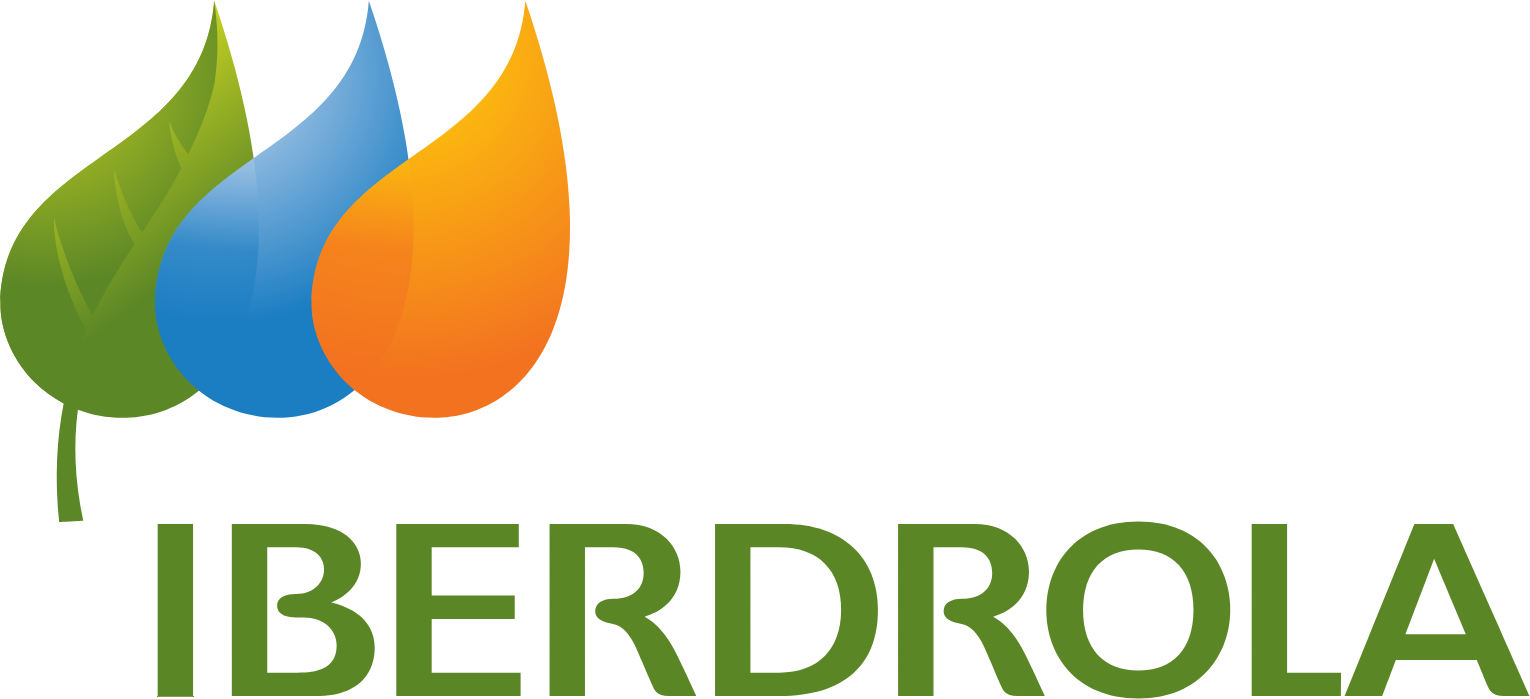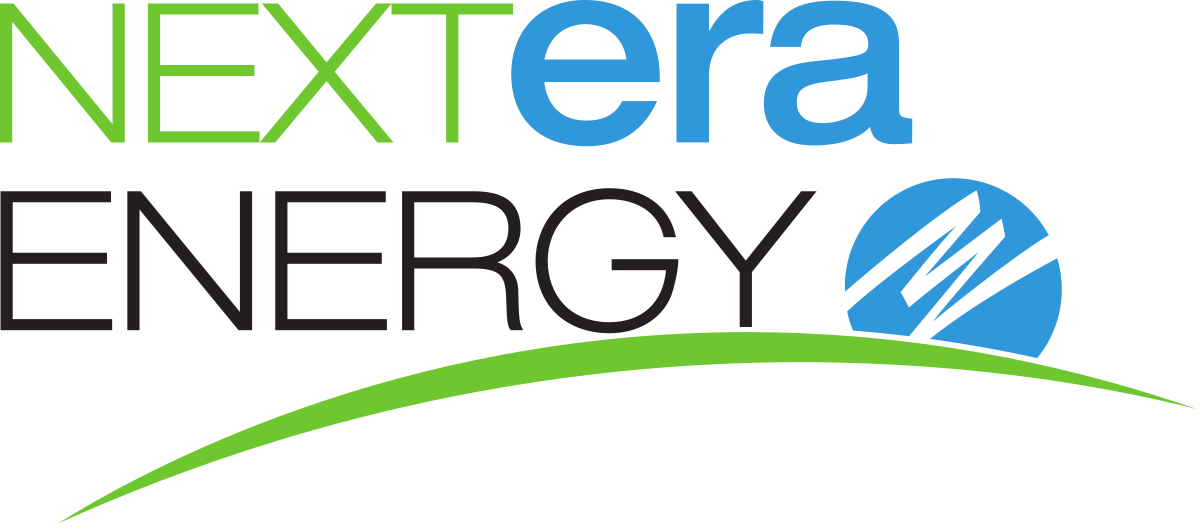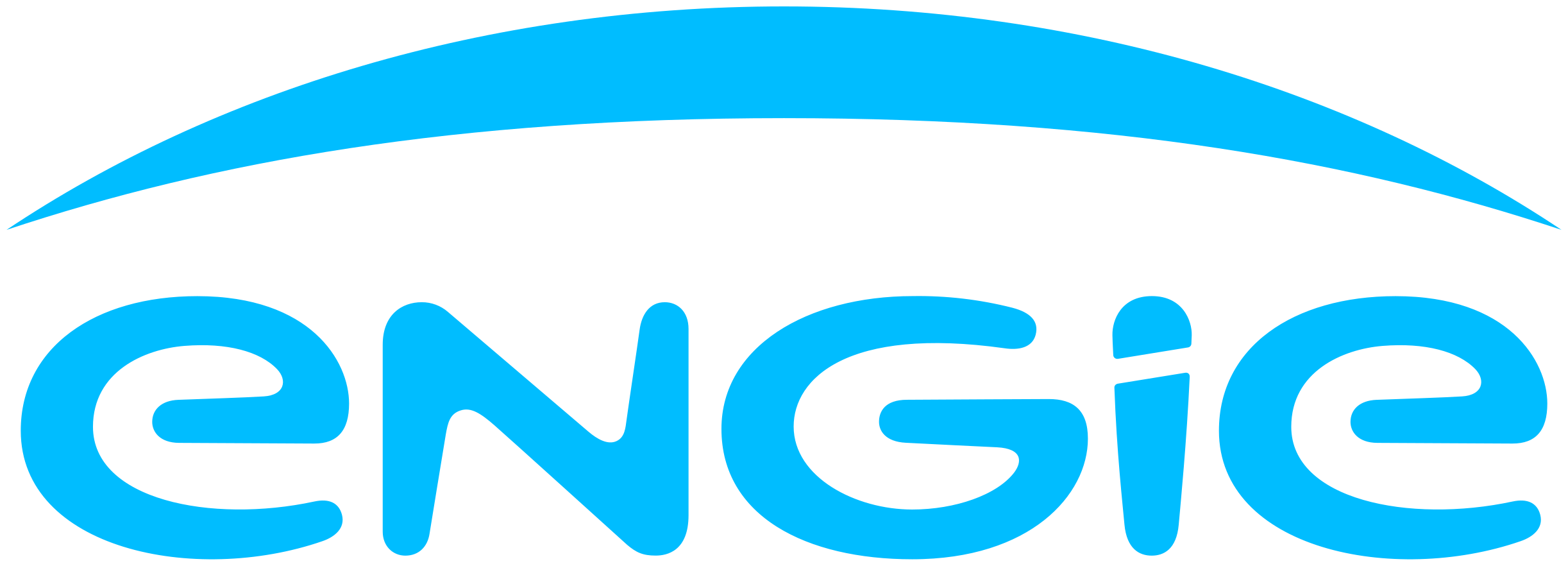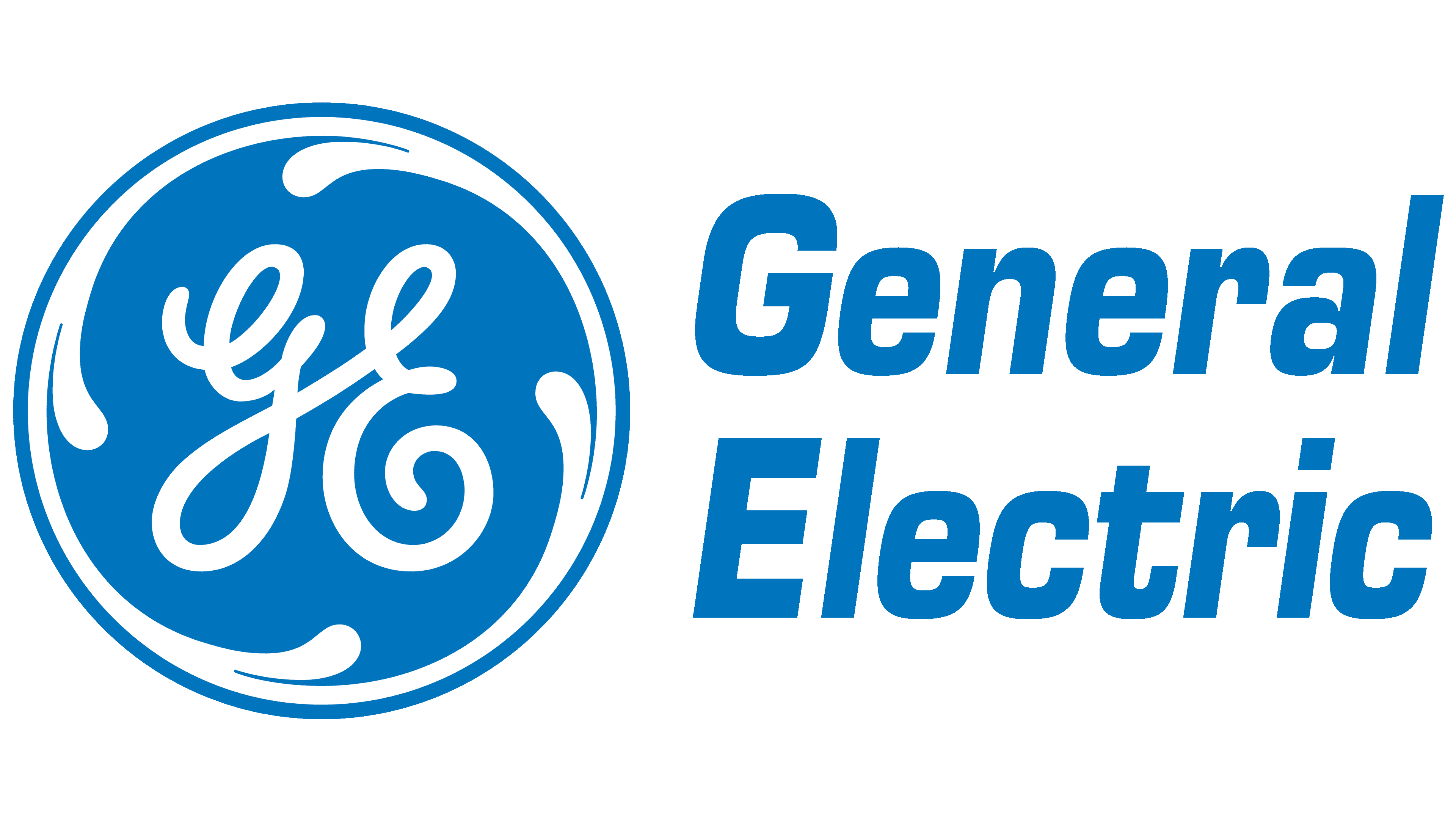Global Wave Energy Converter Market, By Type, By Location, By Application, By Region & Segmental Insights Trends and Forecast, 2024 – 2034
- Industry: Energy & Power
- Report ID: TNR-110-1314
- Number of Pages: 420
- Table/Charts : Yes
- September, 2024
- Base Year : 2024
- No. of Companies : 10+
- No. of Countries : 29
- Views : 10056
- Covid Impact Covered: Yes
- War Impact Covered: Yes
- Formats : PDF, Excel, PPT
A wave energy converter (WEC) captures the kinetic energy from ocean waves and converts it into electricity. The global wave energy converter market is expanding as renewable energy demand increases. WECs are used in various sectors, such as electricity generation, water desalination, and coastal protection. For example, in 2018, the Mutriku Wave Power Plant in Spain generated over 1.3 GWh of electricity, powering hundreds of homes. In 2021, the U.S. Navy deployed WECs in Hawaii to power offshore naval bases, demonstrating their utility in military applications.
WECs also support sustainable desalination, as seen in a 2019 project by Eco Wave Power in Gibraltar, reducing freshwater scarcity. Their ability to mitigate wave impacts has been applied for coastal protection in locations like Port Kembla, Australia, in 2020. “In Terms of Revenue, the Global Wave Energy Converter Market was Worth US$ 21.8 Mn in 2023, Anticipated to Witness CAGR of 5.1% During 2024 – 2034.”
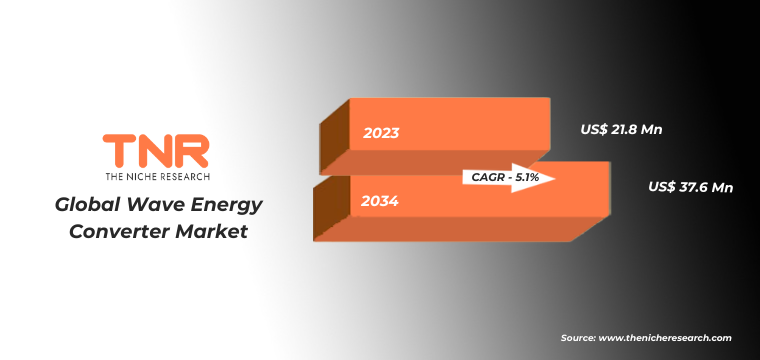
Wave Energy Converters in Low Energy Seas
Wave energy converters in low-energy seas like the Mediterranean, Baltic, Caspian, Black Sea, and Red Sea are designed for efficiency in less powerful wave environments. For instance, in 2021, Eco Wave Power deployed WECs along the Mediterranean coast in Gibraltar, producing renewable electricity. Similarly, the Baltic Sea saw WEC trials in Sweden in 2020, proving the technology’s potential for energy generation in low-energy regions.
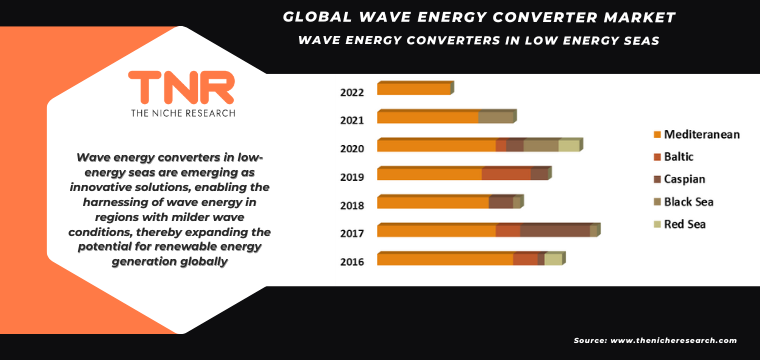
Capital Cost Breakdown of Wave Energy Converters
The capital cost of wave energy converters (WECs) involves several key components. Mooring costs vary based on location and depth, for example, in 2021, the WaveRoller project in Portugal incurred significant mooring expenses due to deep-sea conditions. Installation is another major cost, often exceeding initial estimates, such as the 2022 PEMFC project, which faced logistical challenges. Grid connection can account for up to 20% of total costs, as seen in the 2020 MeyGen project. Project management, including planning and oversight, adds complexity, while structure and mechanical & electrical costs encompass the design and assembly of the WECs, crucial for efficient energy output.
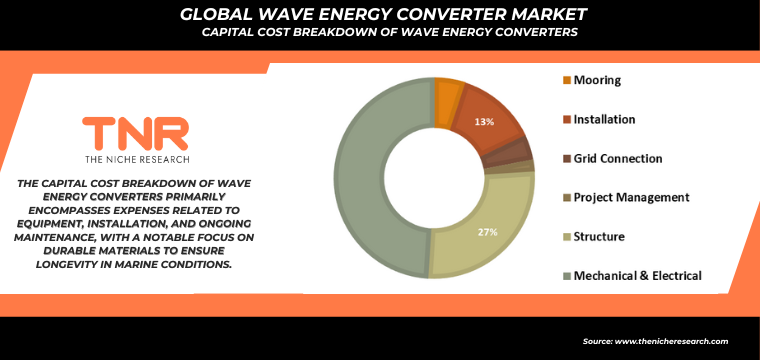
Growth Drivers in the Global Wave Energy Converter Market
- Increasing Focus on Renewable Energy Sources:
One of the key growth drivers for the global wave energy converter (WEC) market is the rising demand for renewable energy as a means to combat climate change and reduce reliance on fossil fuels. Governments across the globe are implementing policies and incentives to promote the adoption of clean energy technologies. For instance, the European Union’s Green Deal, initiated in 2020, encourages investment in renewable energy projects, including wave energy, to achieve a climate-neutral economy by 2050. The vast, untapped potential of wave energy offers an additional, reliable source of clean electricity, driving investments in WEC technology as part of global efforts to diversify energy portfolios.
- Advancements in Technology and Cost Reduction:
Technological advancements are significantly boosting the growth of the wave energy converter market by making WEC systems more efficient and cost-effective. Innovations such as smart grids, advanced materials, and artificial intelligence (AI) integration are enhancing the performance of WECs and reducing operational costs. In 2021, the CorPower Ocean in Sweden developed a high-efficiency WEC system with 80% energy conversion efficiency, attracting global interest. These innovations reduce energy production costs, making wave energy more competitive with traditional power sources. As costs decrease, the scalability of WECs improves, driving their adoption across various industries.
Global Wave Energy Converter Market Segmental Analysis-
Oscillating wave surge converter dominated the global market with revenue share of 21.4% in 2023. These devices harness the horizontal movement of waves to generate energy, making them highly efficient in nearshore environments. A notable example is the Wello Penguin project in Orkney, Scotland, which became operational in 2020, demonstrating OWSC’s viability in generating consistent power. Similarly, the BioWave system deployed off Australia’s coast in 2021 highlighted OWSC’s potential in varying marine conditions. OWSC’s ability to adapt to diverse wave conditions and its relatively lower maintenance costs make it a popular choice in the wave energy sector.
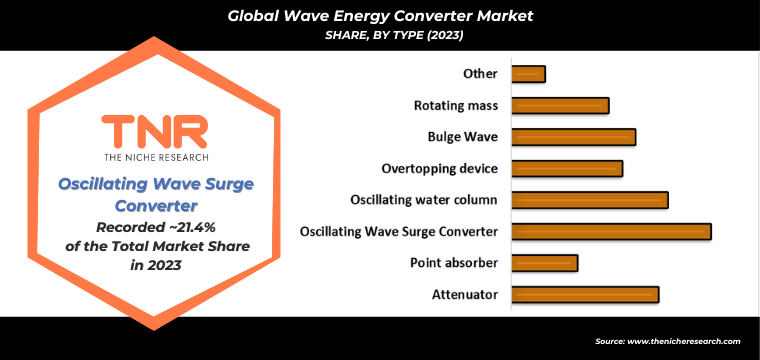
By location, nearshore are supposed to grow fastest in the global wave energy converter market capturing a revenue share of 31.1% in 2023. Nearshore sites, located close to coastlines, offer advantages like easier installation and maintenance. For instance, the Mutriku Wave Power Plant in Spain, operational since 2011, successfully harnesses wave energy near the shore, generating stable power. Similarly, the WaveRoller project in Portugal, launched in 2021, demonstrated the economic efficiency of nearshore converters. These projects highlight the growing interest in nearshore wave energy, where reduced depth and proximity to grid infrastructure make development more feasible and cost-effective.
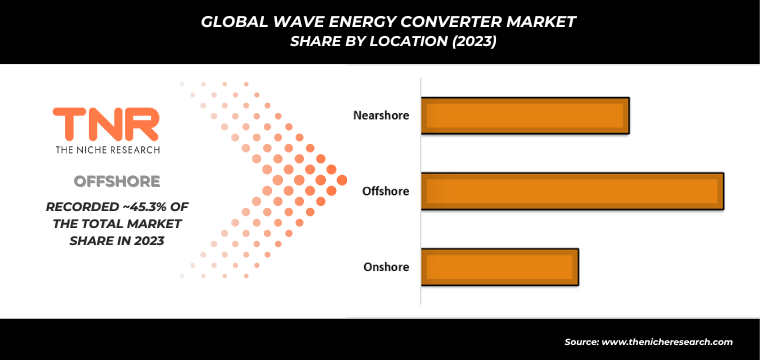
Wave energy converters are widely used in electricity generation as renewable power sources, contributing to the segment’s dominance with a 46.5% revenue share in 2023. These converters harness ocean wave motion to produce clean energy. The MeyGen project in Scotland, initiated in 2020, exemplifies how wave energy converters can sustainably generate electricity for local grids. Similarly, Portugal’s WaveRoller project, operational since 2021, highlights their effectiveness in providing reliable power. These projects showcase the growing demand for wave energy in electricity generation, driving its prominence in the renewable energy landscape due to sustainability and scalability.
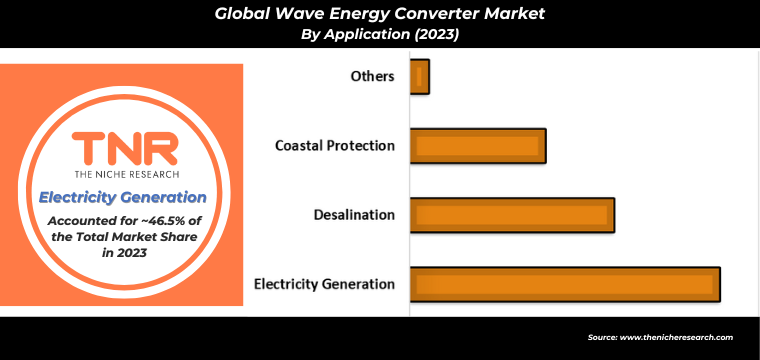
In 2023, Europe strengthened its position in the global wave energy converter market, accounting for a revenue share of 34.5%. This growth is driven by extensive government support and pioneering projects across the continent. For example, the European Marine Energy Centre (EMEC) in Orkney, Scotland, operational since 2003, continues to play a key role in testing wave energy devices. In 2021, Portugal’s WaveRoller project further demonstrated Europe’s innovation in wave energy, generating significant power. These projects, along with the EU’s ambitious renewable energy targets, have positioned Europe as a frontrunner in the development and commercialization of wave energy converters.
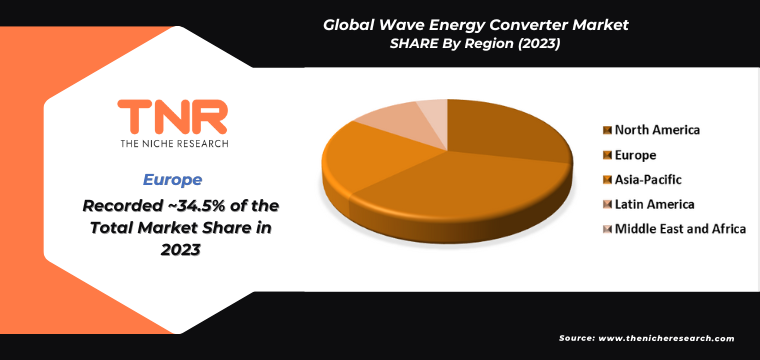
Competitive Landscape
Some of the players operating in the wave energy converter market are
- Carnegie Clean Energy
- CorPower Ocean
- Eco Wave Power
- NEMOS GmbH
- Ocean Power Technologies
- Oscilla Power, Inc.
- Sea Wave Energy Limited
- The LEANCON Wave Energy Device
- Wave Dragon
- Wave Star
- Wello Oy
- Other Industry Participants
Global Wave Energy Converter Market Scope:
| Report Specifications | Details |
| Market Revenue in 2023 | US$ 21.8 Mn |
| Market Size Forecast by 2034 | US$ 37.6 Mn |
| Growth Rate (CAGR) | 5.1% |
| Historic Data | 2016 – 2022 |
| Base Year for Estimation | 2023 |
| Forecast Period | 2024 – 2034 |
| Report Inclusions | Market Size & Estimates, Market Dynamics, Competitive Scenario, Trends, Growth Factors, Market Determinants, Key Investment Segmentation, Product/Service/Solutions Benchmarking |
| Segments Covered | By Type, By Location, By Application, By Region |
| Regions Covered | North America, Europe, Asia Pacific, Middle East & Africa, Latin America |
| Countries Covered | U.S., Canada, Mexico, Rest of North America, France, The UK, Spain, Germany, Italy, Nordic Countries (Denmark, Finland, Iceland, Sweden, Norway), Benelux Union (Belgium, The Netherlands, Luxembourg), Rest of Europe, China, Japan, India, New Zealand, Australia, South Korea, Southeast Asia (Indonesia, Thailand, Malaysia, Singapore, Rest of Southeast Asia), Rest of Asia Pacific, Saudi Arabia, UAE, Egypt, Kuwait, South Africa, Rest of Middle East & Africa, Brazil, Argentina, Rest of Latin America |
| Key Players | Carnegie Clean Energy, CorPower Ocean, Eco Wave Power, NEMOS GmbH, Ocean Power Technologies, Oscilla Power, Inc., Sea Wave Energy Limited, The LEANCON Wave Energy Device, Wave Dragon, Wave Star, Wello Oy |
| Customization Scope | Customization allows for the inclusion/modification of content pertaining to geographical regions, countries, and specific market segments. |
| Pricing & Procurement Options | Explore purchase options tailored to your specific research requirements |
| Contact Details | Consult With Our Expert
Japan (Toll-Free): +81 663-386-8111 South Korea (Toll-Free): +82-808- 703-126 Saudi Arabia (Toll-Free): +966 800-850-1643 United Kingdom: +44 753-710-5080 United States: +1 302-232-5106 E-mail: askanexpert@thenicheresearch.com
|
Global Wave Energy Converter Market
By Type
- Attenuator
- Point absorber
- Oscillating Wave Surge Converter
- Oscillating water column
- Overtopping device
- Bulge Wave
- Rotating mass
- Other
By Location
- Onshore
- Offshore
- Nearshore
By Application
- Electricity Generation
- Desalination
- Coastal Protection
- Others
By Region
- North America (U.S., Canada, Mexico, Rest of North America)
- Europe (France, The UK, Spain, Germany, Italy, Nordic Countries (Denmark, Finland, Iceland, Sweden, Norway), Benelux Union (Belgium, The Netherlands, Luxembourg), Rest of Europe)
- Asia Pacific (China, Japan, India, New Zealand, Australia, South Korea, Southeast Asia (Indonesia, Thailand, Malaysia, Singapore, Rest of Southeast Asia), Rest of Asia Pacific)
- Middle East & Africa (Saudi Arabia, UAE, Egypt, Kuwait, South Africa, Rest of Middle East & Africa)
- Latin America (Brazil, Argentina, Rest of Latin America)
Report Layout:
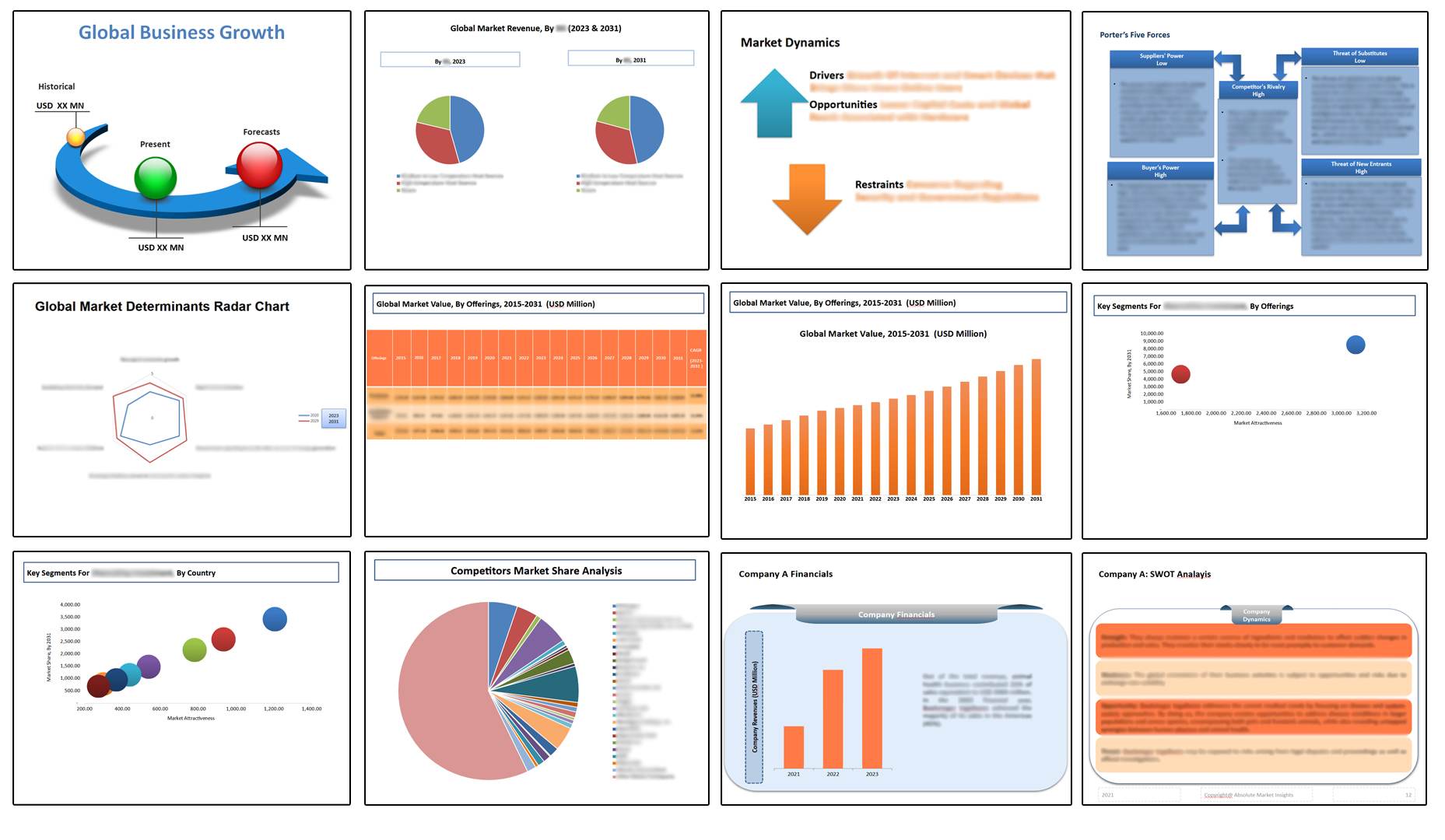
Table of Contents
Note: This ToC is tentative and can be changed according to the research study conducted during the course of report completion.
**Exclusive for Multi-User and Enterprise User.
Global Wave Energy Converter Market
By Type
- Attenuator
- Point absorber
- Oscillating Wave Surge Converter
- Oscillating water column
- Overtopping device
- Bulge Wave
- Rotating mass
- Other
By Location
- Onshore
- Offshore
- Nearshore
By Application
- Electricity Generation
- Desalination
- Coastal Protection
- Others
By Region
- North America (U.S., Canada, Mexico, Rest of North America)
- Europe (France, The UK, Spain, Germany, Italy, Nordic Countries (Denmark, Finland, Iceland, Sweden, Norway), Benelux Union (Belgium, The Netherlands, Luxembourg), Rest of Europe)
- Asia Pacific (China, Japan, India, New Zealand, Australia, South Korea, Southeast Asia (Indonesia, Thailand, Malaysia, Singapore, Rest of Southeast Asia), Rest of Asia Pacific)
- Middle East & Africa (Saudi Arabia, UAE, Egypt, Kuwait, South Africa, Rest of Middle East & Africa)
- Latin America (Brazil, Argentina, Rest of Latin America)
The Niche Research approach encompasses both primary and secondary research methods to provide comprehensive insights. While primary research is the cornerstone of our studies, we also incorporate secondary research sources such as company annual reports, premium industry databases, press releases, industry journals, and white papers.
Within our primary research, we actively engage with various industry stakeholders, conducting paid interviews and surveys. Our meticulous analysis extends to every market participant in major countries, allowing us to thoroughly examine their portfolios, calculate market shares, and segment revenues.
Our data collection primarily focuses on individual countries within our research scope, enabling us to estimate regional market sizes. Typically, we employ a bottom-up approach, meticulously tracking trends in different countries. We analyze growth drivers, constraints, technological innovations, and opportunities for each country, ultimately arriving at regional figures.Our process begins by examining the growth prospects of each country. Building upon these insights, we project growth and trends for the entire region. Finally, we utilize our proprietary model to refine estimations and forecasts.
Our data validation standards are integral to ensuring the reliability and accuracy of our research findings. Here’s a breakdown of our data validation processes and the stakeholders we engage with during our primary research:
- Supply Side Analysis: We initiate a supply side analysis by directly contacting market participants, through telephonic interviews and questionnaires containing both open-ended and close-ended questions. We gather information on their portfolios, segment revenues, developments, and growth strategies.
- Demand Side Analysis: To gain insights into adoption trends and consumer preferences, we reach out to target customers and users (non-vendors). This information forms a vital part of the qualitative analysis section of our reports, covering market dynamics, adoption trends, consumer behavior, spending patterns, and other related aspects.
- Consultant Insights: We tap into the expertise of our partner consultants from around the world to obtain their unique viewpoints and perspectives. Their insights contribute to a well-rounded understanding of the markets under investigation.
- In-House Validation: To ensure data accuracy and reliability, we conduct cross-validation of data points and information through our in-house team of consultants and utilize advanced data modeling tools for thorough verification.
The forecasts we provide are based on a comprehensive assessment of various factors, including:
- Market Trends and Past Performance (Last Five Years): We accurately analyze market trends and performance data from preceding five years to identify historical patterns and understand the market’s evolution.
- Historical Performance and Growth of Market Participants: We assess the historical performance and growth trajectories of key market participants. This analysis provides insights into the competitive landscape and individual company strategies.
- Market Determinants Impact Analysis (Next Eight Years): We conduct a rigorous analysis of the factors that are projected to influence the market over the next eight years. This includes assessing both internal and external determinants that can shape market dynamics.
- Drivers and Challenges for the Forecast Period:Identify the factors expected to drive market growth during the forecast period, as well as the challenges that the industry may face. This analysis aids in deriving an accurate growth rate projection.
- New Acquisitions, Collaborations, or Partnerships: We keep a close watch on any new acquisitions, collaborations, or partnerships within the industry. These developments can have a significant impact on market dynamics and competitiveness.
- Macro and Micro Factors Analysis:A thorough examination of both macro-level factors (e.g., economic trends, regulatory changes) and micro-level factors (e.g., technological advancements, consumer preferences) that may influence the market during the forecast period.
- End-User Sentiment Analysis: To understand the market from the end-user perspective, we conduct sentiment analysis. This involves assessing the sentiment, preferences, and feedback of the end-users, which can provide valuable insights into market trends.
- Perspective of Primary Participants: Insights gathered directly from primary research participants play a crucial role in shaping our forecasts. Their perspectives and experiences provide valuable qualitative data.
- Year-on-Year Growth Trend: We utilize a year-on-year growth trend based on historical market growth and expected future trends. This helps in formulating our growth projections, aligning them with the market’s historical performance.
Research process adopted by TNR involves multiple stages, including data collection, validation, quality checks, and presentation. It’s crucial that the data and information we provide add value to your existing market understanding and expertise. We have also established partnerships with business consulting, research, and survey organizations across regions and globally to collaborate on regional analysis and data validation, ensuring the highest level of accuracy and reliability in our reports.
